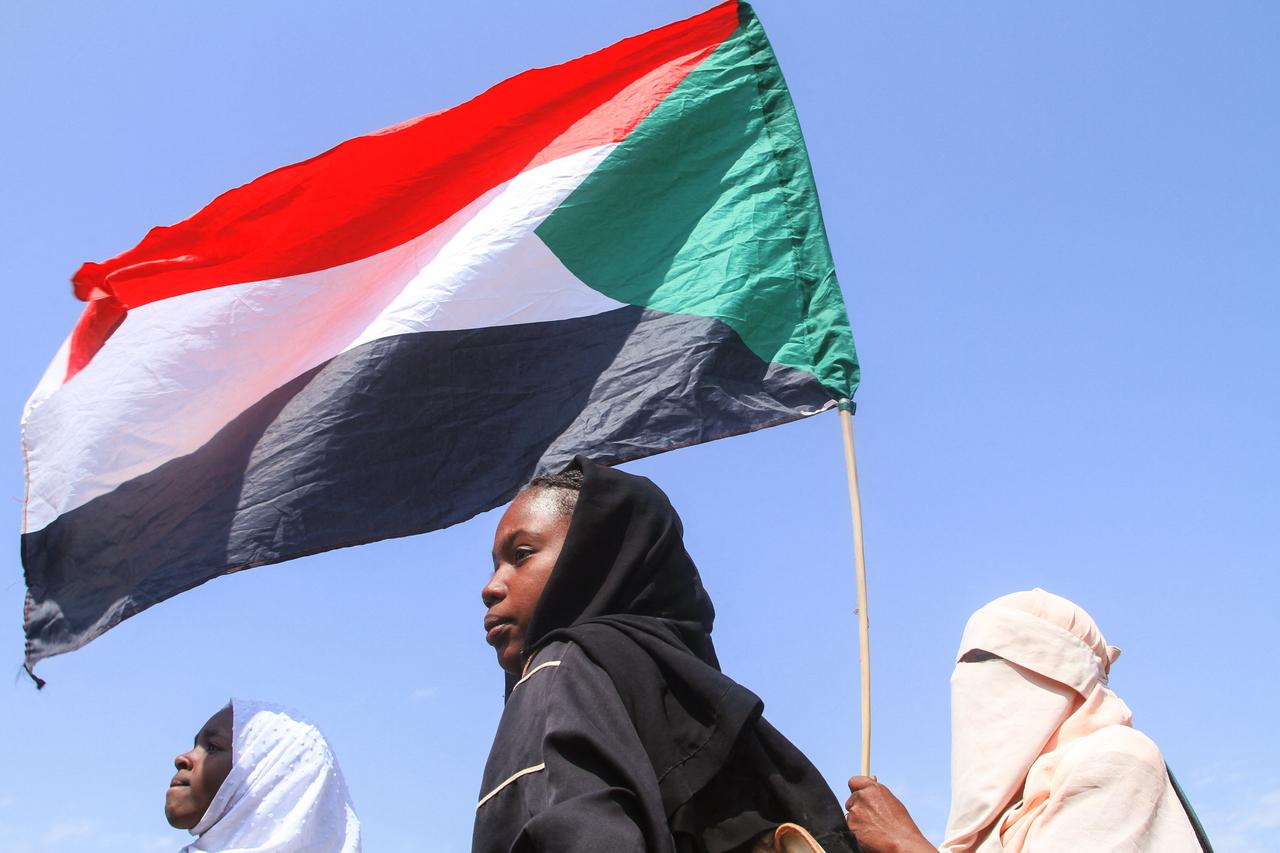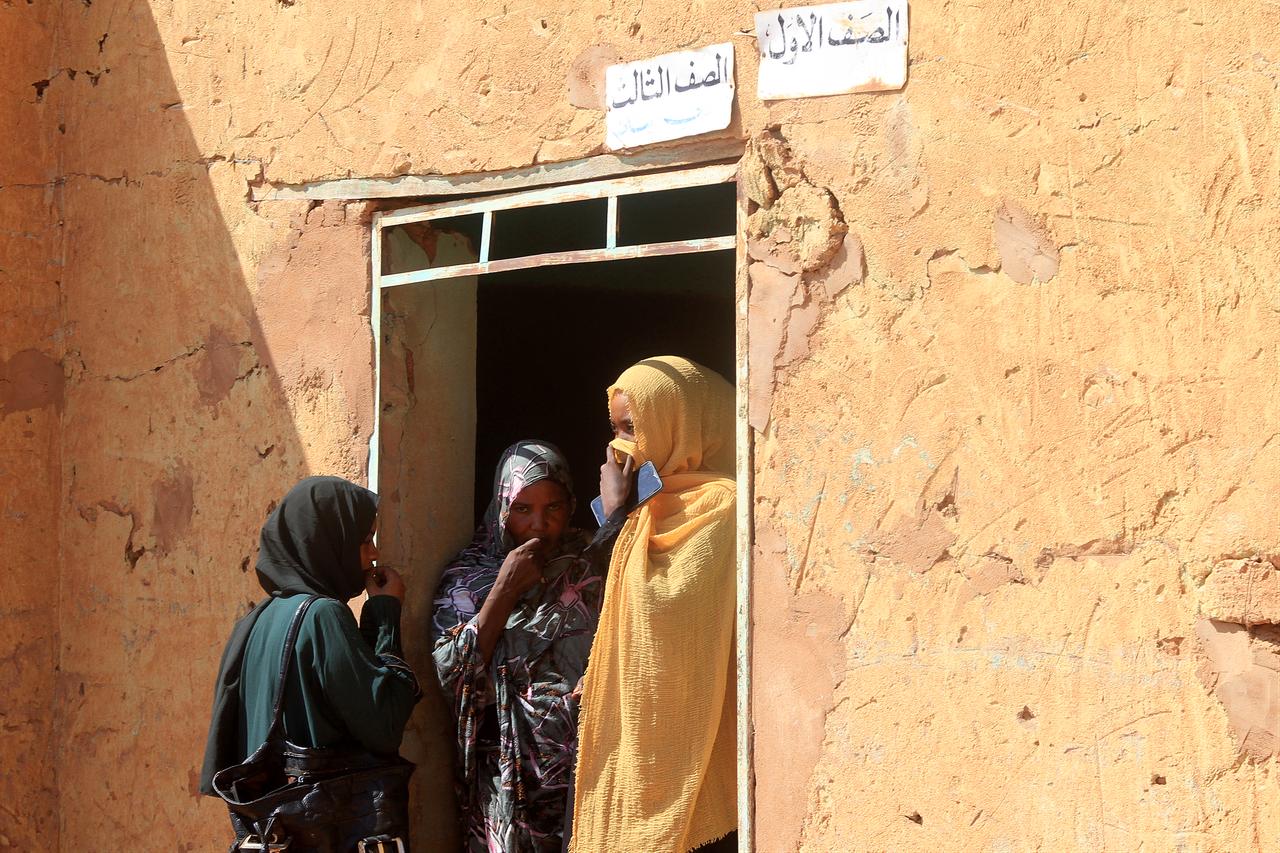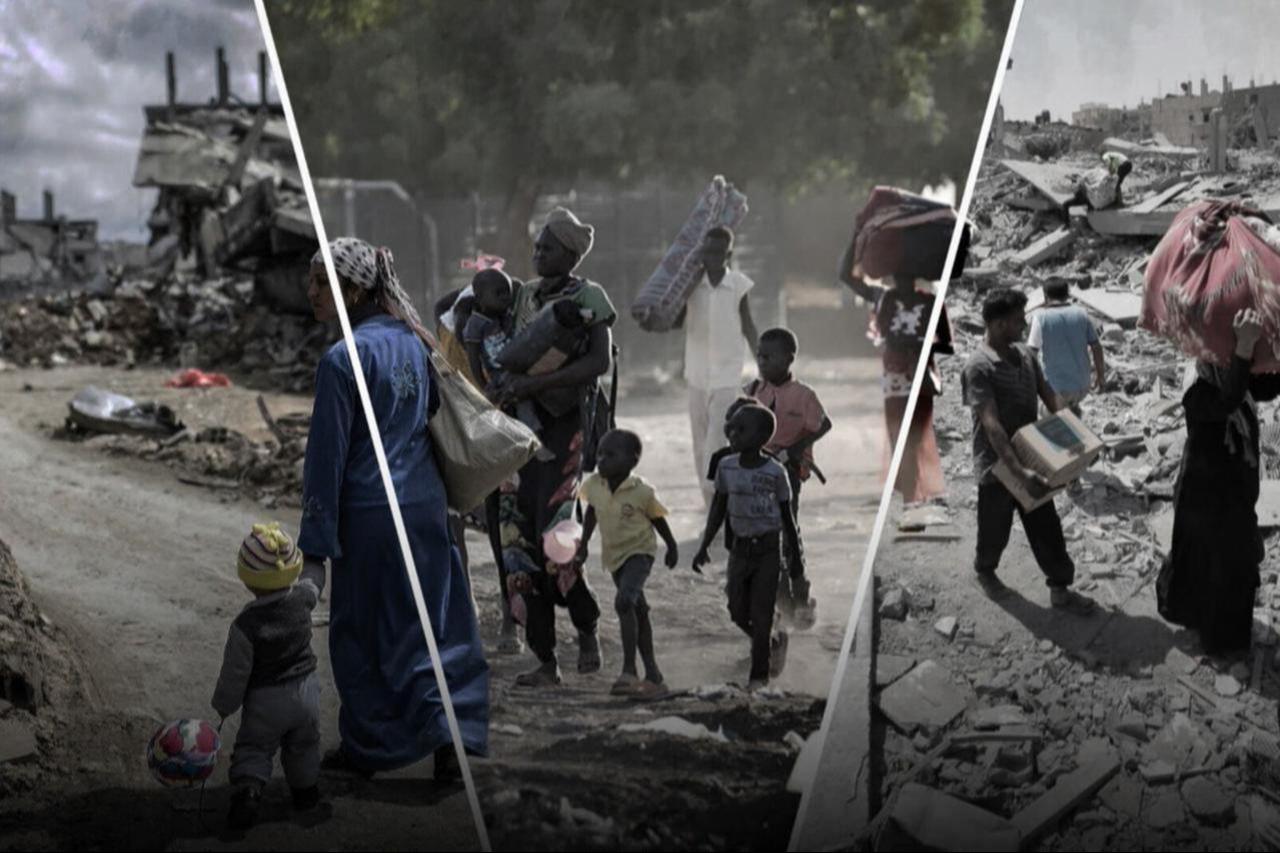
War in Sudan is no longer fought with bullets alone. It has expanded into the digital sphere, where algorithms and artificial intelligence technologies have become part of a war machine reshaping public consciousness and controlling prevailing narratives.
Studies show how Sudan’s digital space has turned into a battleground for political and informational warfare, noting that repeated internet shutdowns created an information vacuum that was exploited by security agencies and external actors to spread propaganda and disinformation.

After Sudan’s army withdrew, el-Fasher and Bara fell like al-Jazirah and Khartoum, leaving civilian casualties and a deep humanitarian crisis. With internet services cut off, el-Fasher was cut off from the world, and the Sudanese Journalists Syndicate said on Oct. 31 that “all internet services, including Starlink, were shut down,” creating a near-total media blackout.
In this void, fake videos spread quickly. One clip with 13 million views falsely showed a mother hiding from Rapid Support Forces (RSF), later found to predate the city’s fall. Another video, claimed to be from Darfur, was actually from the American horror film Megan Is Missing.
Fact-checking platform Misbar said dozens of AI-generated videos made with tools like Midjourney and Runway ML also circulated, showing fabricated scenes of destruction to draw attention and engagement.

In this war, artificial intelligence has become a tool with two faces. While some use it in good faith to express or visually document the tragedy, others exploit it to undermine truth and spread doubt. At times, the very parties committing violations produce shocking fake images—only to later expose them as false, sowing skepticism toward all evidence of their crimes. In doing so, technology becomes a soft weapon that strikes at the credibility of victims and drains the tragedy of its meaning.
Former U.N. Special Representative for Sudan Volker Perthes told Deutsche Welle that this war is also being fought on social media, where disinformation is spread in its ugliest forms.
As internet blackouts increase and phones are confiscated, the Sudanese Journalists Syndicate has warned that obtaining accurate information about the humanitarian situation, the number of victims, and those detained has become extremely difficult.
Amid the digital chaos, a report by the Digital Forensic Research Lab (DFRLab), published in April 2023, revealed the existence of a network of suspicious accounts on the platform X (formerly Twitter) promoting Mohamed Hamdan Dagalo (Hemedti), the commander of the RSF, and artificially inflating his public image.
The report found that dozens of accounts were created between July and October 2022 within minutes of each other and reposted Hemedti’s and the RSF’s tweets in perfect synchronization—sometimes within seconds.
For instance, on April 17, 2023, 10 accounts posted identical videos showing the RSF’s capture of Merowe Airport in under ten minutes, while 24 other accounts shared similar content from Al Arabiya in a coordinated, repetitive manner.
According to the report, these accounts were designed to create a false impression of broad popular support for Hemedti, effectively serving as a digital propaganda tool to sway both domestic and international public opinion during the armed conflict.

In the same context, another report for DFRLab titled “ Sudan’s Precarious Information Environment” revealed a network of about 200 coordinated online accounts.
These accounts worked systematically to support either the Sudanese Armed Forces or the RSF, amplifying official narratives across social media platforms.
The study found that these accounts posted identical messages and tweets within short intervals to create artificial waves of public support for the warring factions. Meanwhile, other accounts were used to target activists and journalists with organized accusations of espionage or treason.
This pattern of digital manipulation, the report concluded, has fostered a fragile information environment in which public opinion can be easily swayed and trust in independent media has sharply declined.
In Sudan, social media has become a parallel battlefield—driven by algorithms that serve warring powers rather than justice. As AI grows into a tool of influence and deception, the public is trapped in doubt, unable to tell truth from digital propaganda.
Today, as in other Arab cities, wars are no longer decided by weapons alone but by images, words, and algorithms. Victims fade into fleeting “trends,” and truth hangs between reality and what the machine creates.